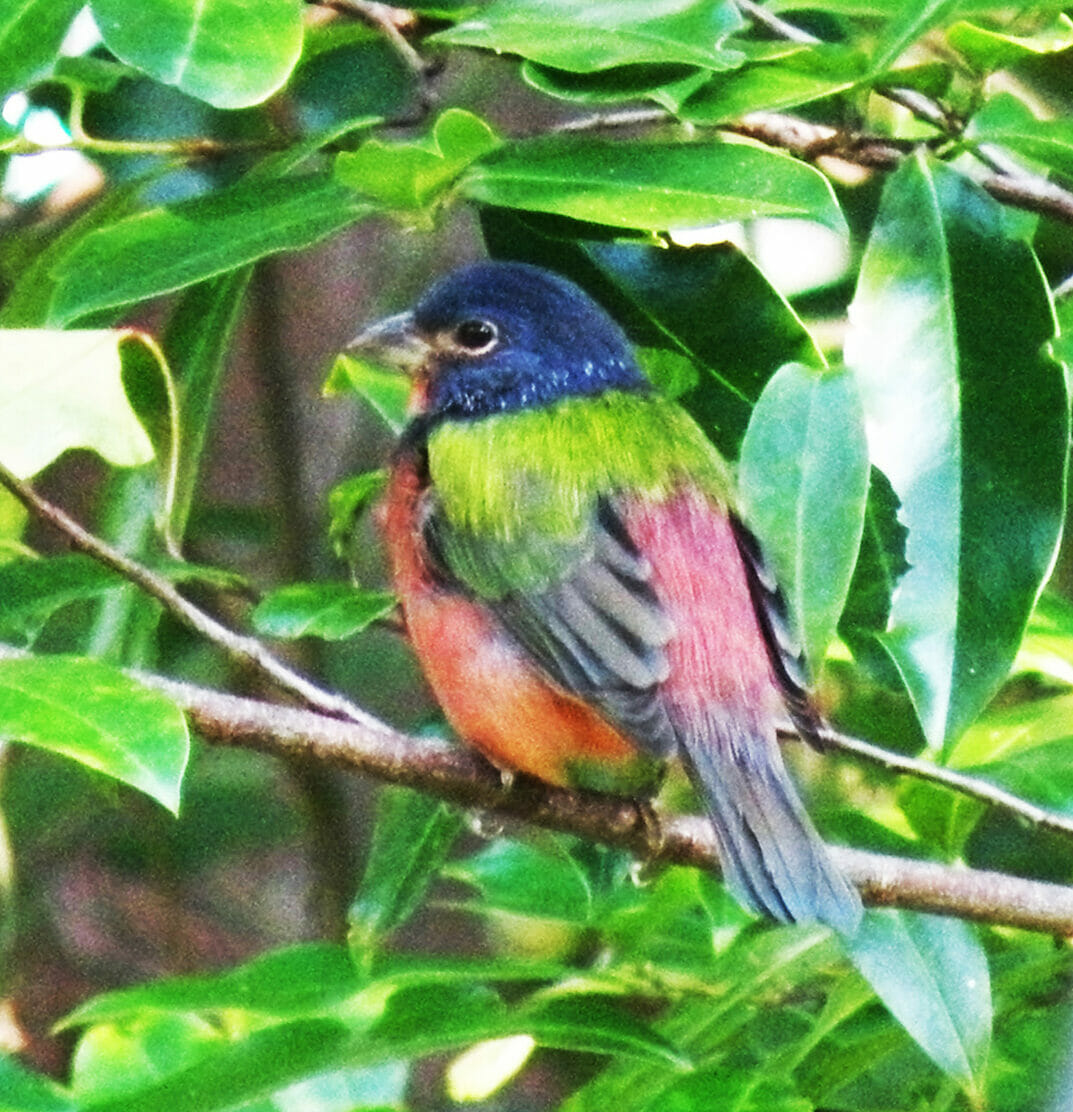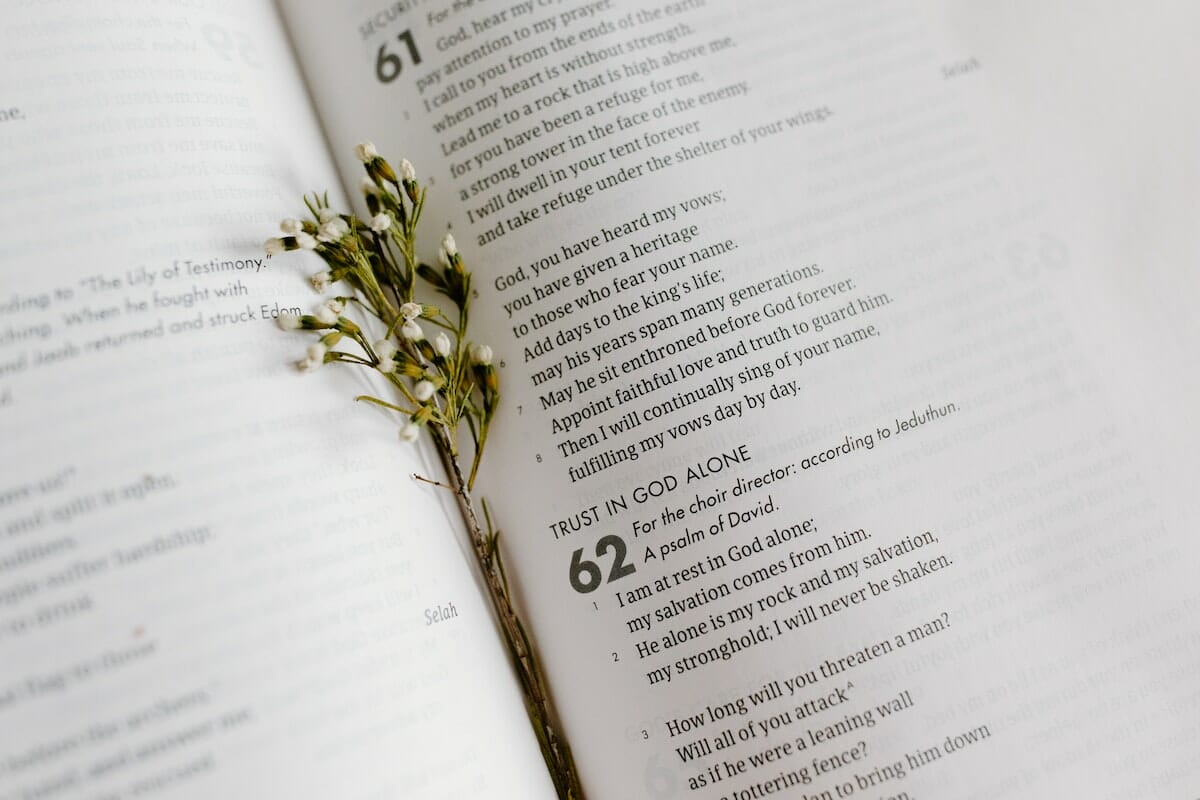Beaufort County is a birdwatcher’s paradise. We have an incredible variety of seabirds, shorebirds, wading birds and marsh birds, but my candidate for Bird of the Lowcountry is a land species: The Painted Bunting.
The old folks called them Nonpareils, and for good reason: the plumage of the male Painted Bunting in mating season is ‘without equal’ among North American birds. They are among the world’s most colorful creatures. Female Painted Buntings are elegant, but are a rather drab green color compared to their brilliant male counterparts.

In most parts of the country Painted Buntings are rare, but they are common in the Lowcountry in summer. You might say, “I’ve lived here for years and I’ve never seen one.” You’ve probably seen them, you just didn’t know it.
Painted Buntings are small, and their colors don’t show up strongly at a distance, so you have to get close to them to really see them. You can do that by providing their preferred food: white millet. Don’t use a mix. Buntings don’t compete well with other birds at feeders so you don’t want any seeds mixed in that will attract other, more pushy birds like the now ubiquitous House Finch.
Buy the pure millet and put it in a tube feeder. I like the kind with a cage around it so that cowbirds, which parasitize the buntings by laying eggs in their nests, can’t get to the seeds. Buntings are some of the only small birds which prefer millet, so to attract most other seed-eaters you’ll want a separate tube feeder with black oil sunflower seeds. Again, in my opinion, forget the mix.
If you put a millet feeder out about mid-April, there’s a very good chance that you’ll have Painted Buntings in your yard this summer. They are one of the Lowcountry’s iconic birds, and it really is worth making an effort to see them up close.
Beekman Webb is a semi-retired historic preservation contractor, a musician, a long-time board member of the Open Land Trust and a student of many subjects. He is a native of Beaufort.



